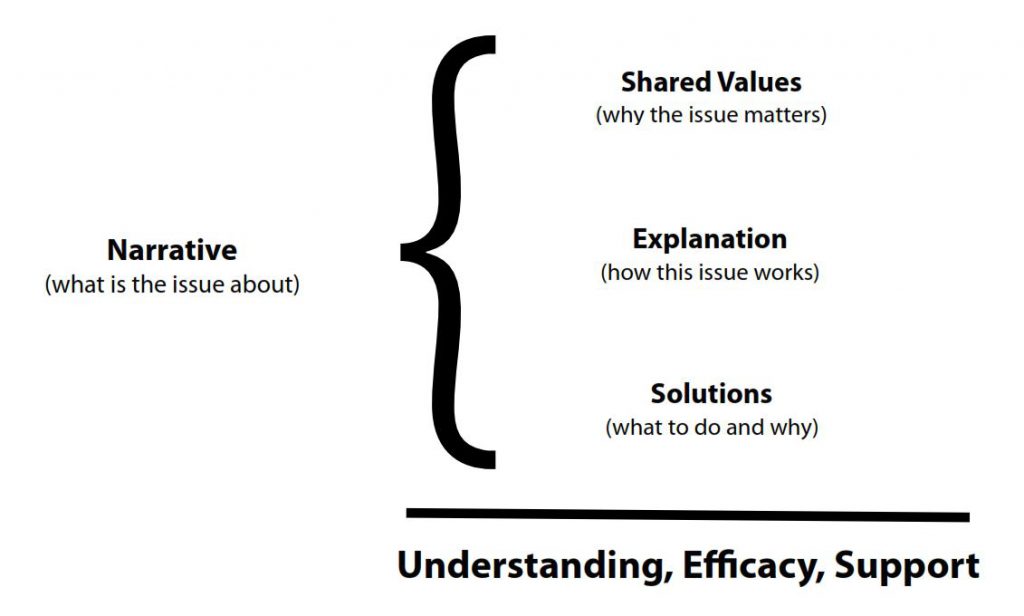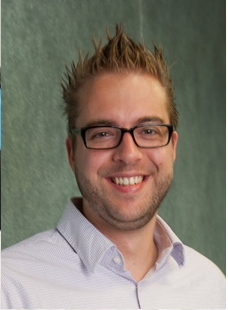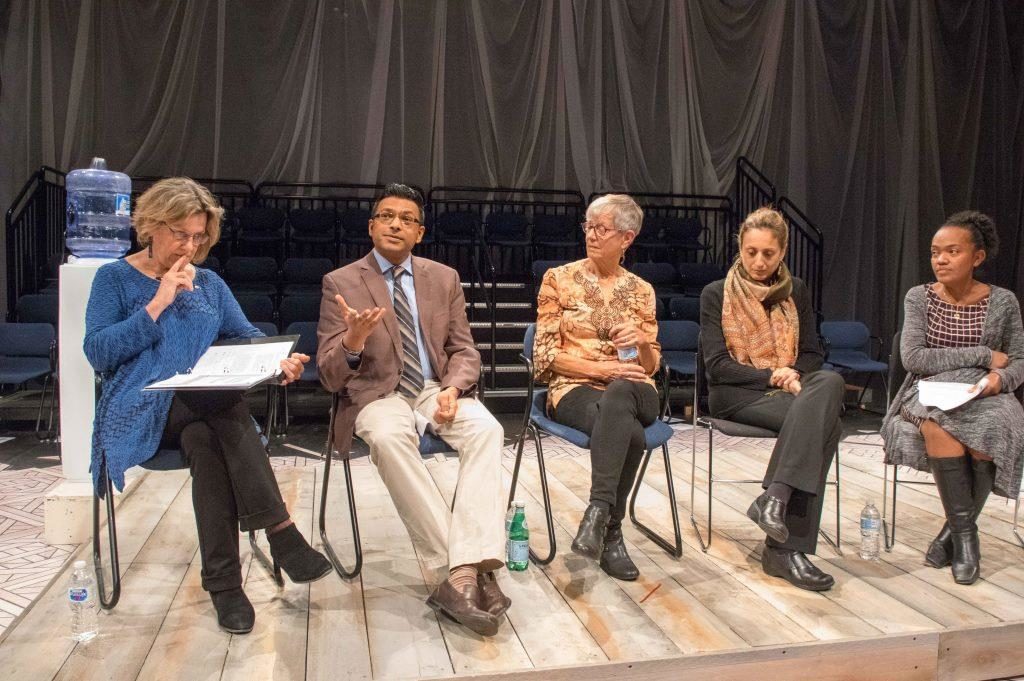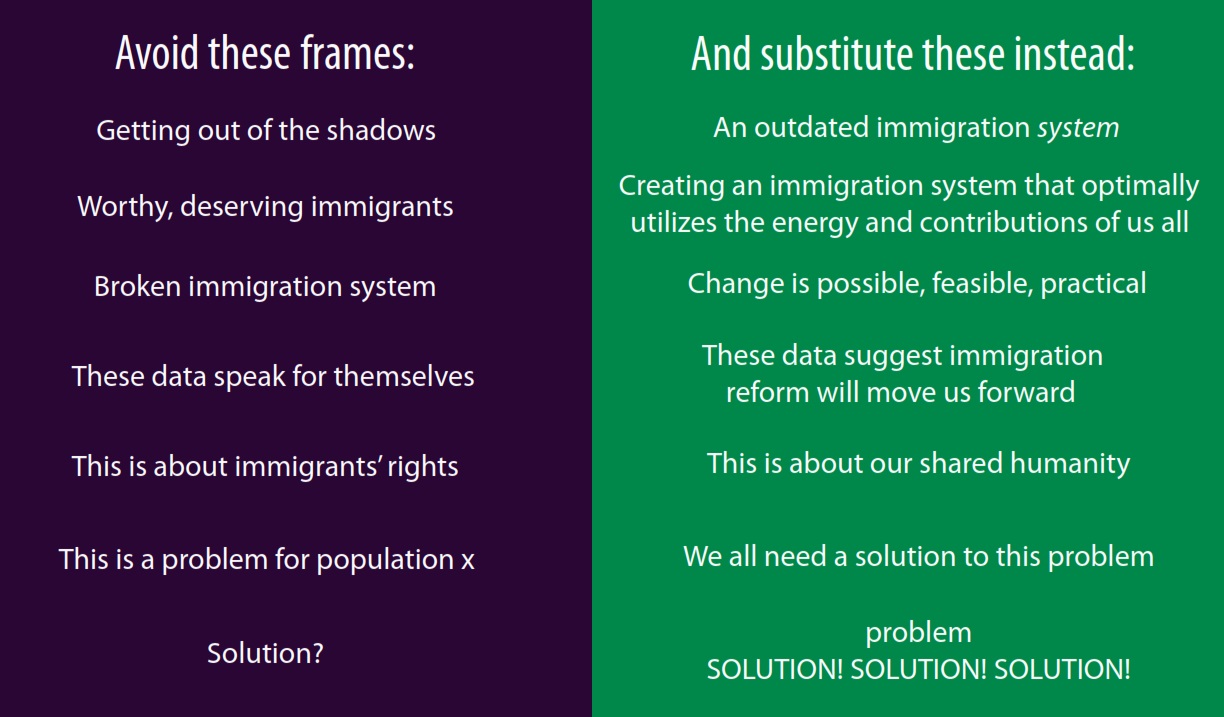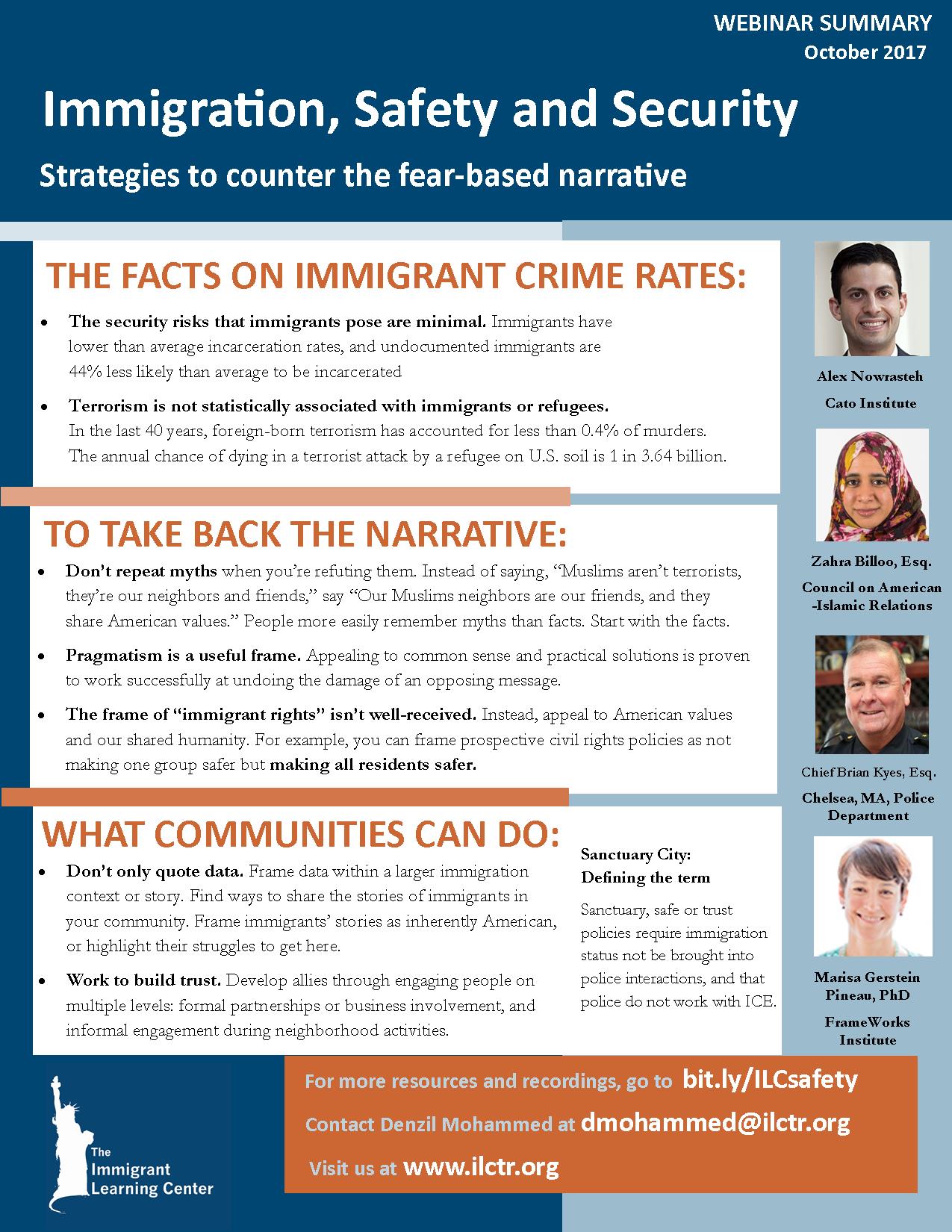One of the hottest buzzwords in technology these days is artificial intelligence (AI), sometimes also referred to as machine learning. Forbes named 2017 “The Year of Artificial Intelligence,” BAI declared artificial intelligence it’s “2018 Trend of the Year” and the subject famously dominated this year’s Consumer Electronics Show. Beyond the buzz, how is AI being used to benefit people today? From the factory floor to Wall Street, five of the nominees for The 2018 ILC Immigrant Entrepreneur Awards show us how:

Aki Balogh, from Hungary, is the co-founder of MarketMuse, the first company to mechanize content creation for marketers. The company uses artificial intelligence to help its clients drive traffic and increase engagement on their websites. The MarketMuse platform helps users select the best subject matter and builds a content blueprint that shows exactly how to cover a topic comprehensively, automating research that otherwise can take a writer up to six hours. As a result, its customers realize a five-fold improvement in search performance.
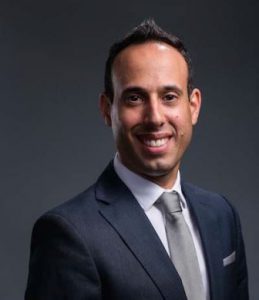
When Lior Div launched Cybereason in Boston, he leveraged skills he learned while serving as a team commander for an elite cyber unit within the Israeli army specializing in offensive hacking. The company’s signature product is a platform that identifies cyber threats in real time, allowing organizations to find and contain an attack before it spreads. The goal is to protect customers by turning the tables on hackers making them targets. Cybereason has been named to the 2018 AI 100, which ranks the 100 most promising artificial intelligence companies in the world, and is one of just six cybersecurity companies to make the list.

Bart Heilbron re-located BlueConic from the Netherlands to Boston in 2014. BlueConic uses machine learning and predictive analytics to create master profiles from online activity for each customer a client has. The profiles can be used by the company to better engage with the customer, such as through individualized offers. Companies such as the Boston Globe, Volvo and Pitney Bowes rely on BlueConic to deliver better marketing experiences. Since moving, BlueConic has added more than 30 jobs and year-over-year growth has more than doubled.

Natan Linder, from Israel, launched Tulip Interfaces to bring the latest developments in intelligent hardware sensors, computer vision, assistive user interfaces and applied machine learning from the lab to the factory floor. Tulip enables manufacturers to improve efficiencies, share best practices among workers, reduce downtime, and increase the consistency and safety of their processes. Its manufacturing app platform is deployed in nine countries in a variety of industries including electronics, aerospace/defense, medical devices, footwear and pharmaceuticals. Linder must like being on the cutting edge because before he launched Tulip, he started Formlabs, a pioneer and industry leader in professional desktop 3D printing. He also holds more than 25 patents.
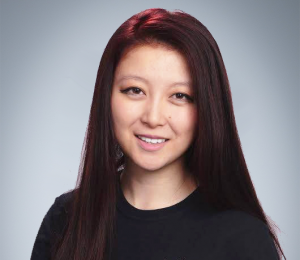
Christina Qi, from China, started a small hedge fund with some of her MIT classmates out of a dorm room. Domeyard LP is working to unlock profitable trading strategies by using sequential machine learning and large-scale statistical computations. They created custom software and assembled co-located hardware to achieve ultra low-latency, high-frequency trading that totals $1 billion dollars per day. Their systems can gather 343 million data points in the opening hour of the New York Stock Exchange, execute trades in just a few microseconds, and process data in nanoseconds. In just five years, Domeyard has earned recognition from the largest players in the industry.














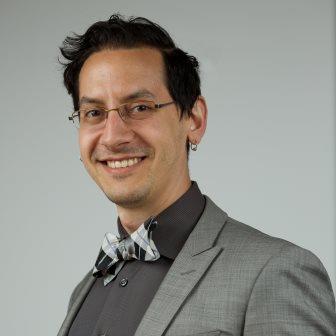
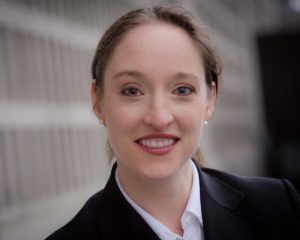 Bettina Hein is the German founder of two successful technology companies: SVOX, which was acquired by Nuance Communications for $125M in 2011, and
Bettina Hein is the German founder of two successful technology companies: SVOX, which was acquired by Nuance Communications for $125M in 2011, and 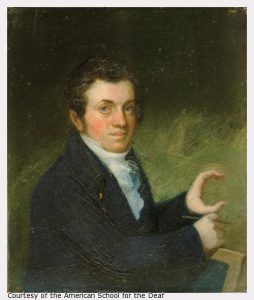 Compared to names like Helen Keller or actress Marlee Matlin, Laurent Clerc may not be the first person that springs to mind when you think of prominent Deaf figures in American culture. This National Deaf History Month we want to shine a light on the immense contributions of this immigrant often cited as the most important individual in American Deaf history.
Compared to names like Helen Keller or actress Marlee Matlin, Laurent Clerc may not be the first person that springs to mind when you think of prominent Deaf figures in American culture. This National Deaf History Month we want to shine a light on the immense contributions of this immigrant often cited as the most important individual in American Deaf history.
